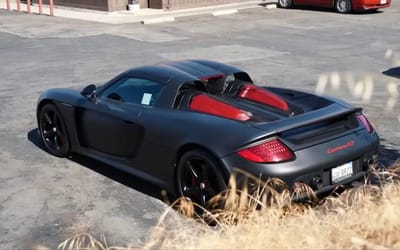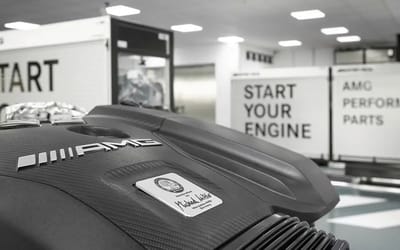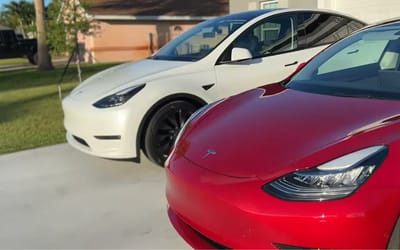Flight engineer revealed what it was actually like to operate Concorde
- A former Concorde flight engineer reveals what it was like onboard
- As ‘the most complex passenger aircraft ever made,’ it was a serious role
- He describes being unable to eat or drink
Published on Sep 06, 2024 at 7:24 PM (UTC+4)
by Amelia Jean Hershman-Jones
Last updated on Sep 08, 2024 at 5:37 PM (UTC+4)
Edited by
Tom Wood
A former Concorde flight engineer has revealed what it was like to operate the supersonic jet.
As ‘the most complex passenger aircraft ever made’, Concorde relied on its flight engineers to help fly the aircraft.
Flight engineer Warren Hazelby boarded his first supersonic flight travelling from London to New York in 2002.
His unique and rare insight will give you chills.
DISCOVER SBX CARS: The global premium car auction platform powered by Supercar Blondie
Operating Concorde
He told CNN that despite the interior being smaller than the Boeing 707s and 747s he’d previously flown on, the controls were more complex.
His vantage point was from a seat directly behind the pilots.
He recalls being confronted with a huge control center of knobs and dials.
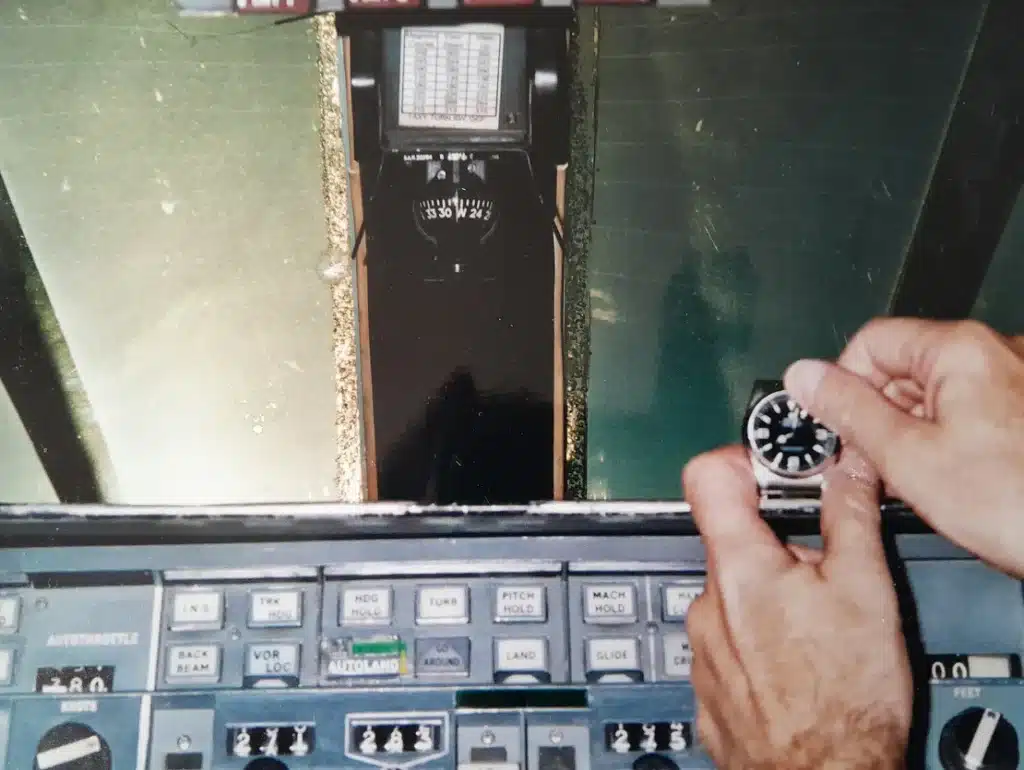
This complicated flight deck was in charge of Concorde’s aircraft systems, engines, fuel, and hydraulics.
Despite two decades as a flight engineer on other aircraft, it required six months of training on a Concorde simulator.
Concorde flew faster than any other commercial passenger plane in history to date.
“The first time you go through the sound barrier, that’s quite an experience.” Hazelby told CNN Travel.
Hazelby was tasked with operating the controls and making adjustments to ensure the aircraft safely punched through the sound barrier when it surpassed speeds of Mach 2.
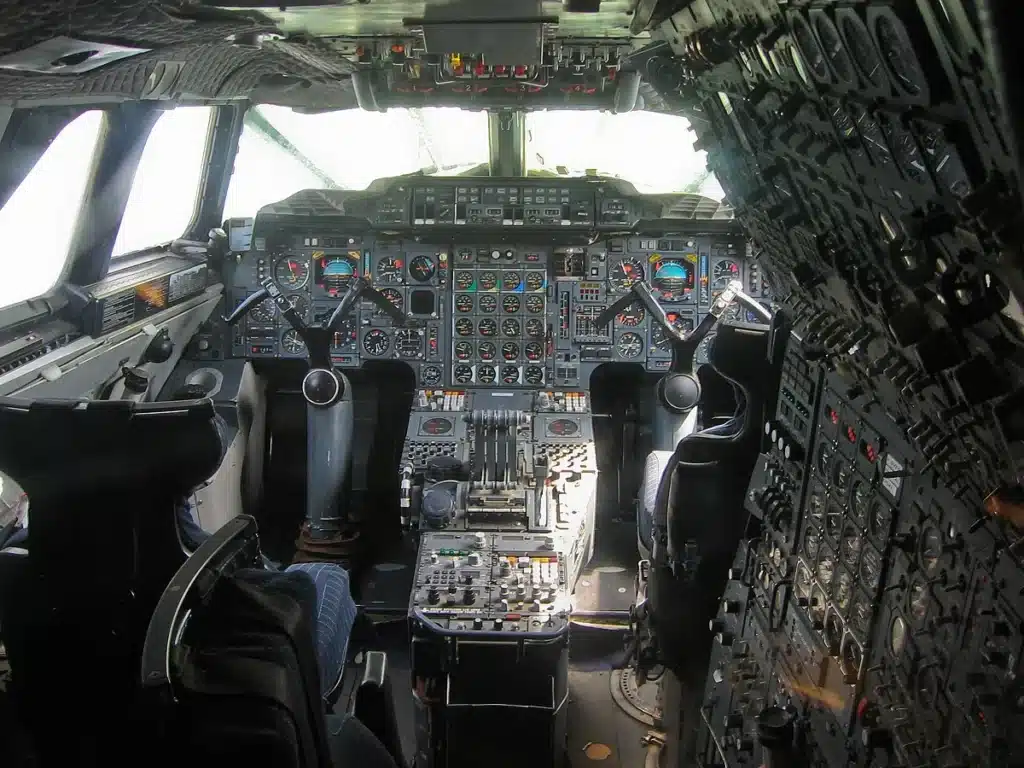
He described feeling ‘very nervous’, barely having time for a cup of coffee, and being ‘exhausted’ by the end of a flight.
The role of a flight engineer
Described by former Concorde pilot, John Tye, who was among a group of former Concorde pilots who as a ‘vital’ member of the flight deck team, it was their job to address any issues during a flight.
“On Concorde – because all the time, we were changing speed, changing altitude – there was never a phase where there was very little to do,” he shared.
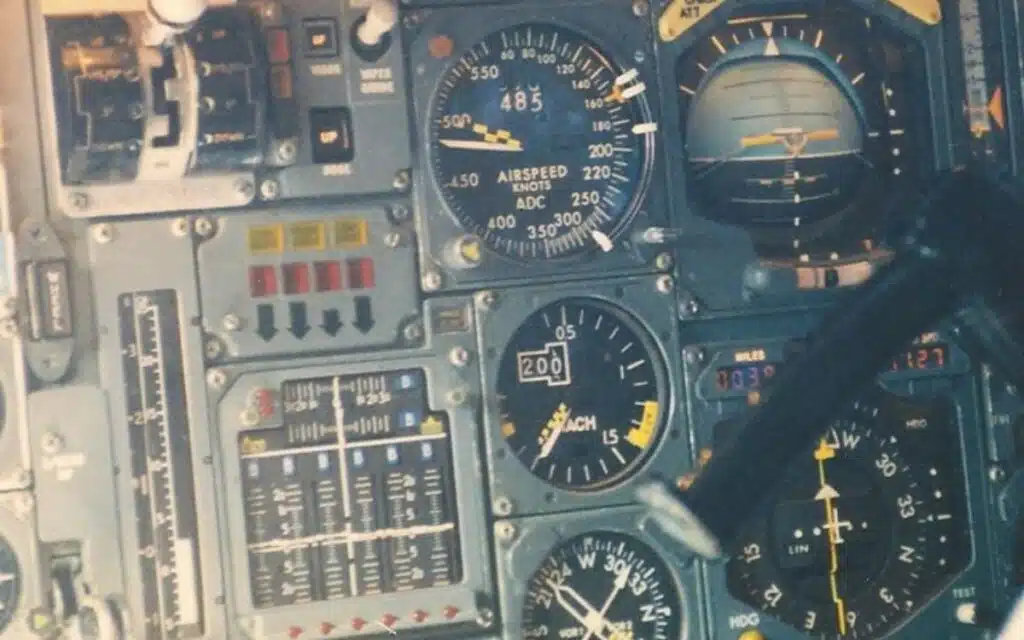
“There was always something for the flight engineer to do.
“Everything needed to be turned off and on, to be monitored.
“You had to watch the temperature gauges, you had to make sure there were no fuel leaks, you had to make sure everything was working correctly.”
He continues: “You had to either switch that component off, or possibly switch the standby system on. Or if it was a leak – obviously a fuel leak or hydraulically – you had to diagnose that.”
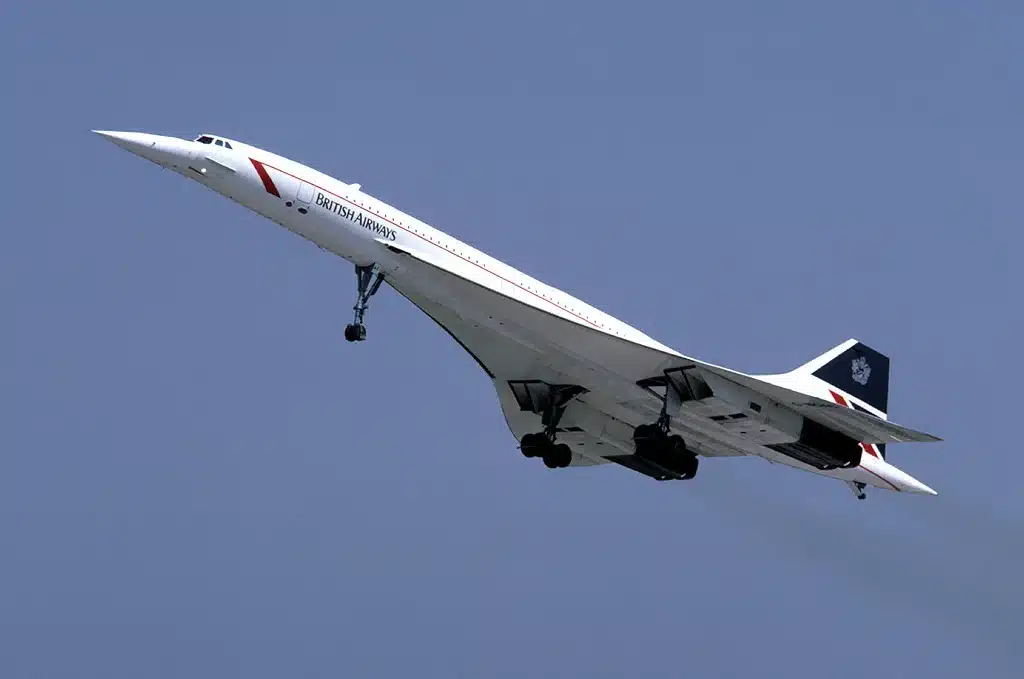
What’s standing in the way of supersonic aircraft today?
After Concorde took its final flight in 2003, there has been no commercial supersonic flight since.
Denver-based Boom Supersonic is currently working on a plane that will fly at Mach 1.7 – around one-sixth slower than Concorde but still twice the speed of conventional planes.
NASA’s supersonic X-59 is on the brink of making history with its revolutionary first flight – and it’s hoped that, if successful, it could open the door for commercial supersonic planes in the future.

All Supercar Blondie contributors undergo editorial review and fact-checking to ensure accuracy and authority in automotive journalism. After gaining her BA Hons in French and English at the University of Nottingham, Amelia embarked on a vocational diploma from the National Council for the Training of Journalists (NCTJ). This led to numerous opportunities, from interning at Vogue to being on the small team that launched Women’s Health magazine in the UK, which was named the PPA Consumer magazine of the year for three years running. As Health, Beauty and Fitness editor, Amelia personally received a Johnson & Johnson Award and was shortlisted for both PPA and BSME titles. Since then, Amelia has created content for numerous titles and brands, including the Telegraph, 111 Skin, Waitrose, Red magazine, Stylist, and Elle, as well as being Head of Content at Vitality and Editor in Chief at INLondon magazine. “My superpower is translating technical jargon about the mechanical workings of a supercar into a relatable story you’ll want to share with your friends after you’ve read it.” After joining the SB Media family as a senior journalist in September of 2023, Amelia’s role has evolved to see her heading up the SEO output of the editorial team. From researching the most ‘Google-able’ key terms to producing evergreen content - it’s been a time of hard work, growth, and success for the editorial team and the Supercar Blondie website. “I like to think of myself as a ‘method journalist’. In other words: I live and breathe whatever I am writing about. When writing about fitness, I trained as a personal trainer, and as a beauty editor, I completed an ‘expert’ in scent diploma with the Fragrance Foundation. “During my tenure at Supercar Blondie, however, I did something I never thought possible: I passed my driving test at the age of 36. One day I’d love to train as a mechanic to better understand what happens under the hood, too. “My sweet spot is providing readers with a ‘takeaway’ (read: something new they didn’t know before) after reading every one of my stories. While I don’t claim to be an expert in the automotive world, I know the experts and bodies in the field to rely on to provide our readers with an informative and thought-provoking story every time they visit the site.”

